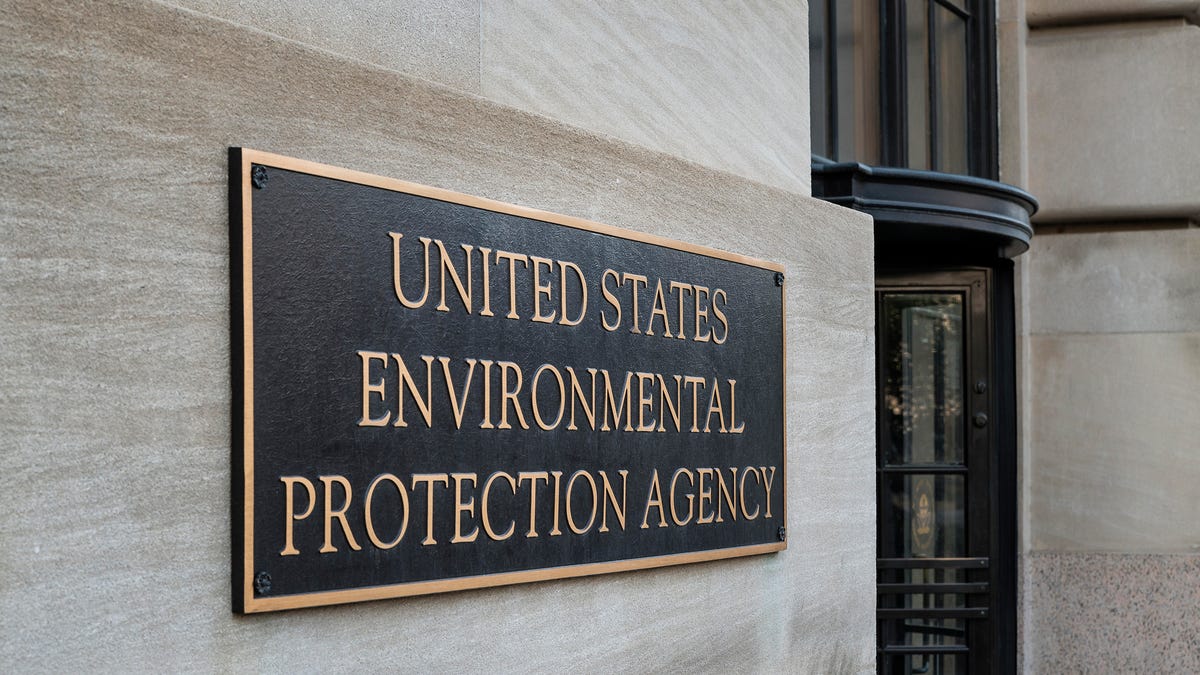EPA issues rule curbing climate-damaging gases used in refrigerators and air conditioners
The agency says a global phasedown of HFCs could help avoid global warming of up to 0.5-degree Celsius by 2100.

The EPA called the ruling a step forward in the Biden administration's "bold agenda" to tackle the climate crisis.
The US Environmental Protection Agency issued a final rule on Thursday establishing a program to cut back the production and consumption of climate-damaging hydrofluorocarbons, or HFCs, which are commonly used in refrigerators and air conditioning equipment. The program aims to phase down US production, consumption and importation of HFCs by 85% over the next 15 years.
"Cutting these climate 'super pollutants' protects our environment, strengthens our economy, and demonstrates that America is back when it comes to leading the world in addressing climate change and curbing global warming in the years ahead," said EPA Administrator Michael Regan in a release.
A global phasedown of HFCs could help avoid up to 0.5-degree Celsius of global warming by 2100, according to the EPA. The global goal outlined in the The Paris Agreement is to limit warming to well below 2 degrees Celsius through the end of the century. With increasing global temperatures, scientific data shows extreme weather events such as wildfires and hurricanes will increase in frequency and intensity.
HFCs replaced chlorofluorocarbons, or CFCs, in refrigerants in the 1990s. CFCs were extremely harmful to the ozone layer, and HFCs, though still a pollutant, were considered a better option at the time. But HFCs still have a problem: They have a strong heat-trapping effect that is contributing to rising temperatures around the globe, according to Scott Denning, a professor of atmospheric science at Colorado State University. Refrigeration works by moving heat out of a space. It does this through a fluid -- HFCs nowadays -- that absorbs the heat, which is then released elsewhere.
With the ruling on Thursday, the EPA is moving to advance President Joe Biden's climate agenda and implement a program to cut back on HFCs as was mandated in the American Innovation and Manufacturing (AIM) Act in December 2020. The phasedown is backed by a broad coalition of stakeholders, including environmental groups, industry leaders, state and local partners across the US and members of Congress, according to the EPA's release.
The EPA will establish an interagency task force to prevent the illegal import and trade of HFCs in the US as it looks to research exploring the best sustainable alternatives to HFCs.

